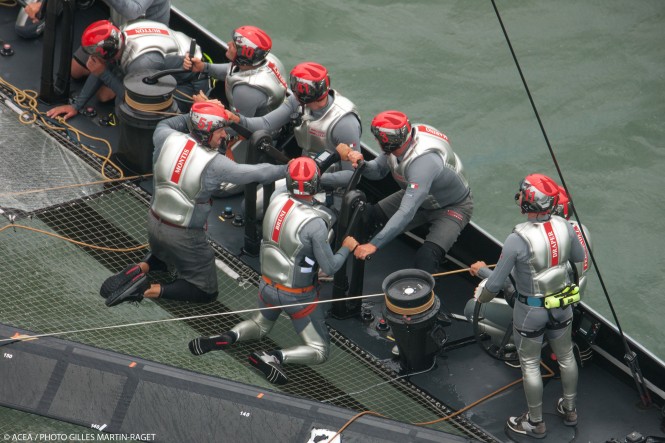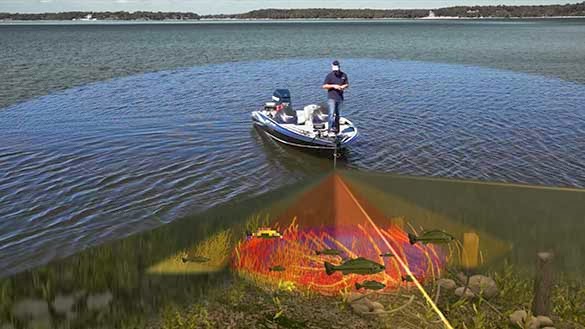
Meteorological resources are readily available but they are useless if ignored. I have to bite my lip listening to one sailor tell me how he was knocked over and dismasted during a severe thunderstorm. The damage is covered by insurance but why would you take your crew out in dangerous weather that was forecasted? The common refrain is that it was a nice sunny morning so nobody checked the forecast. The forecast was overlooked but what about the changing clouds, decreasing barometric pressure, the wind shift when the front passed or the arrival of the storm's gust front? This person was out for a day sail and thinks he's a victim of the weather but he is really a perpetrator of a bad decisions and poor seamanship. Is this result of ignorance, lack or training, blind faith that search rescue services are always available or is it something else?
 Trouble can also come when people focus on the boating activity while ignoring the environment. Not every significant weather event is predicted accurately but in most cases nature provides plenty of warning. Yet every year in Canada fishermen are found dead next to overturned boats, sailors more concerned about the regatta than the storm need rescuing, and power boaters fail to safely arrive at their destination due to severe weather. The vast majority of these events are preventable with just a little education and common sense.
Trouble can also come when people focus on the boating activity while ignoring the environment. Not every significant weather event is predicted accurately but in most cases nature provides plenty of warning. Yet every year in Canada fishermen are found dead next to overturned boats, sailors more concerned about the regatta than the storm need rescuing, and power boaters fail to safely arrive at their destination due to severe weather. The vast majority of these events are preventable with just a little education and common sense.Here are a few of my suggestions to help you avoid becoming a "weather victim".
- Educate yourself about the weather by taking a course.
- Train yourself to keep a "weather eye"
- Develop a weather check routine
- Install a weather app with radar on your desktop or phone
- Never leave the dock without checking the marine weather forecast
- Experiment with and cross reference Aviation weather reports
- For longer trips prepare for extreme weather instead of reacting to the consequences.
- Share you experience with other boaters.
- Never forget that it is always better to be on the dock wishing you were boating than to be on the water praying you make it back to the dock.
















